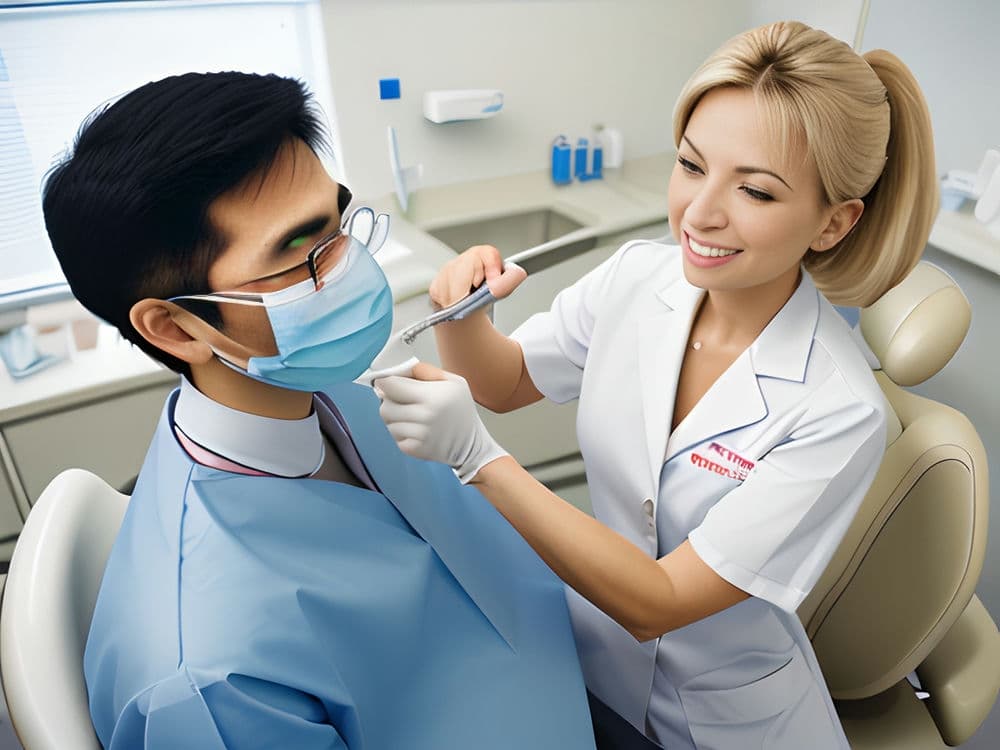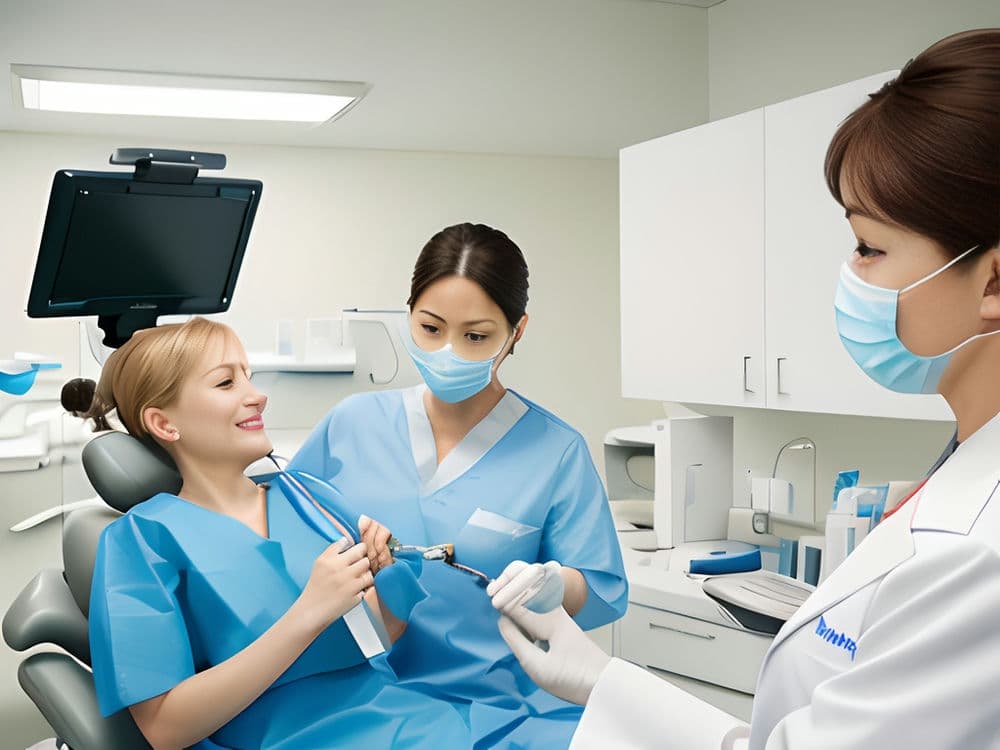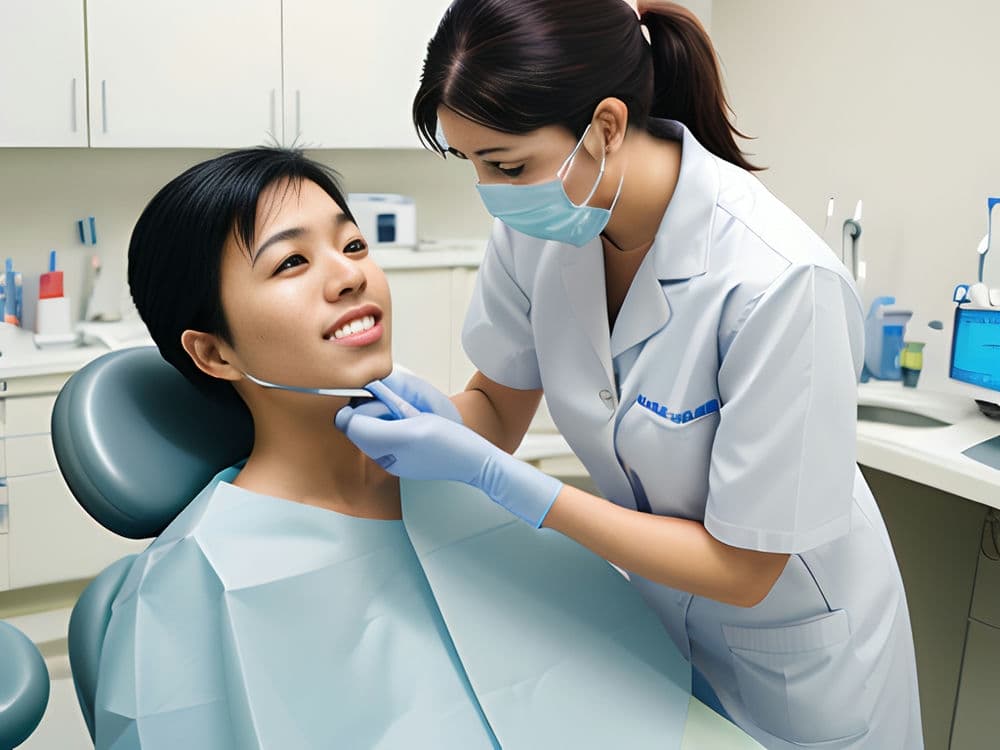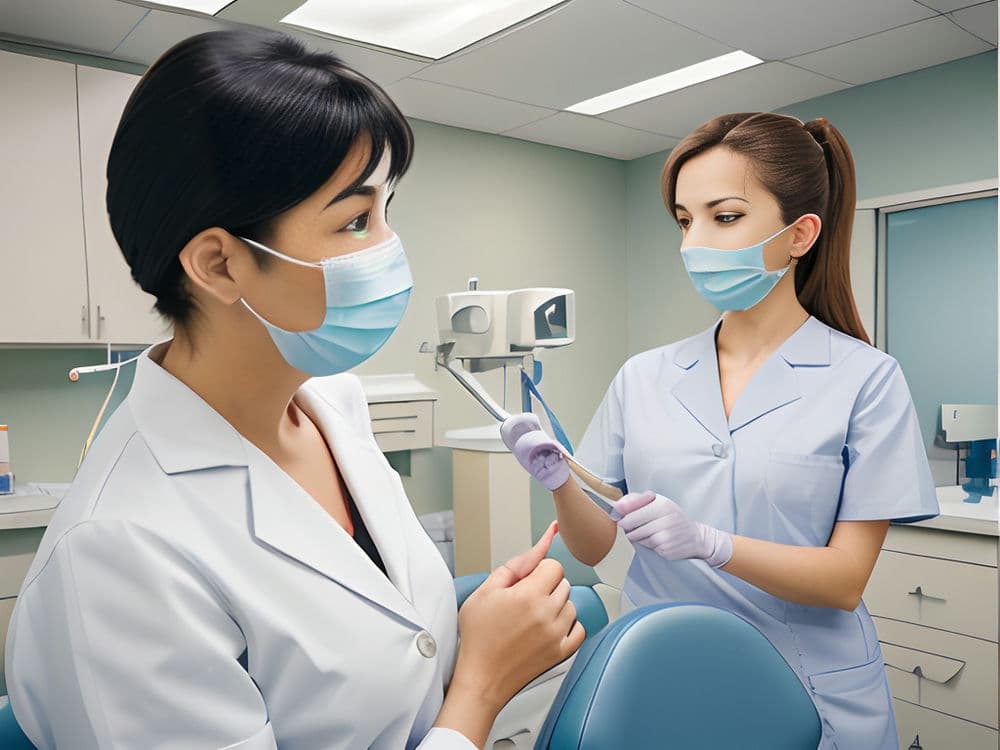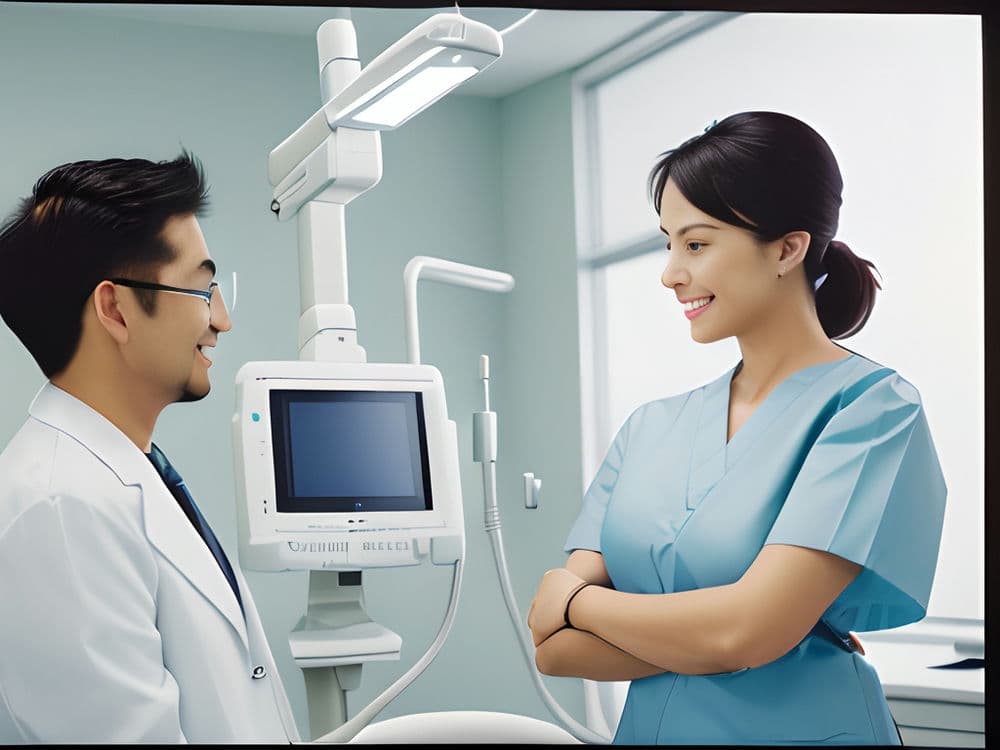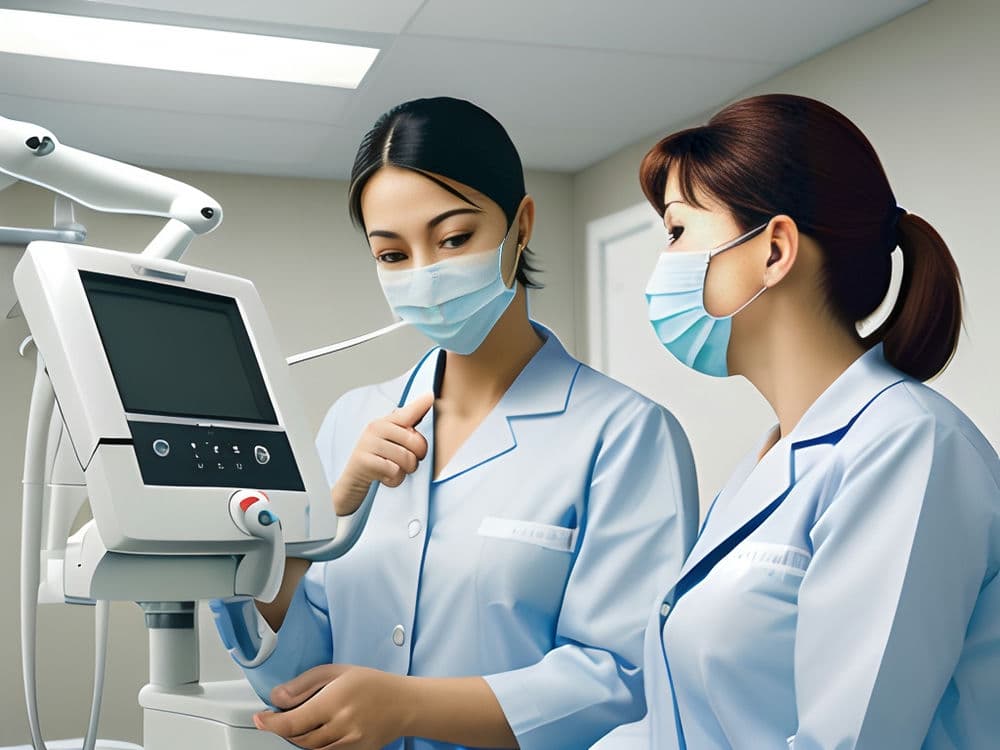
Innovations in Orthodontics for Enhanced Patient Comfort
- Overview of advancements in orthodontic care
In the realm of orthodontics, technological strides have revolutionized braces by enhancing patient comfort through improved materials and design. Traditional metal braces, once infamous for their discomfort and aesthetic intrusion, are gradually being supplanted by innovations that promise an easier journey to a perfect smile.
Materials like nickel-titanium alloys and translucent ceramics are now employed to create braces that not only exert gentler forces on teeth but also blend seamlessly with one’s dental palette, thereby reducing both physical irritation and social self-consciousness. These materials exhibit properties of flexibility and strength, which allow for more precise control in moving teeth while minimizing the sensation of pressure commonly associated with adjustments.
Moreover, the advent of customized braces has been a game-changer. Utilizing cutting-edge technology such as 3D printing and computer-aided design (CAD), orthodontic appliances can be tailored to fit the unique dental topography of each patient. Patient comfort and safety are top priorities New Frontiers in Orthodontic Solutions for All Ages disease. Modern clinics are designed for a relaxing patient experience stomatološka ordinacija Osijek surgeon. This customization mitigates the risk of sores or abrasions inside the mouth—a frequent grievance linked with generic, one-size-fits-all brackets.
The reimagining of brace wires also plays a pivotal role in lessening irritation. Previously rigid wires have given way to heat-activated archwires that respond to body temperature, becoming more pliable inside the mouth and reducing discomfort during realignment processes. Such intelligent designs distribute corrective forces evenly and gently over time rather than delivering abrupt adjustments.
Additionally, clear aligners represent a leap forward from traditional braces. These transparent plastic trays are virtually invisible when worn and can be removed during eating or cleaning—features that drastically cut down on both physical discomfort and lifestyle disruption typically associated with orthodontic treatment.
Innovations in Orthodontics for Enhanced Patient Comfort - fluoride
- child
- licensure
- hygiene
